Big Flavor, Low Budget
As the cost of groceries continues to climb, grilling may seem unattainable.. The cost of meat, seasonings, marinades, side dishes, and all the fixings can add up quickly. However, you can enjoy barbecue flavors on a budget by using cheap cuts of meat, clever recipes, and these grilling hacks.
Inexpensive Cuts of Meat
Inexpensive meats don’t have to taste cheap. In fact, with the right ingredients, the most affordable meats can be the most flavorful. As always, check your local grocery store and shop sales and the clearance section of meat. You can always buy in bulk and freeze for later.
Chicken: Thighs, drumsticks, wings
Bone-in chicken tends to be cheaper than the go-to: boneless, skinless chicken breast. Although inexpensive, the dark meat of chicken thighs and drumsticks can be more flavorful and tender than chicken breast.
Beef: Skirt steak, flank steak, chuck roast (for shredded beef)
Tougher cuts of beef like flank steak and skirt steak can be marinated and smoked for a more tender texture and robust flavor.
Pork: Pork shoulder, pork chops, ribs
Spare ribs, pork loin, pork shoulder, and pork belly hold up very well on the grill and have hearty textures and rich flavor.
Fish: Tilapia, mackerel, or shrimp
Fish is a great low-cost option for grilling. They also cook quickly and pair well with various marinades, sauces, and even salsas.
Veggie options for grilling: Zucchini, bell peppers, eggplant
Produce is a great way to add flavor and volume to your meals. Potatoes, zucchini, bell peppers, onions, eggplant, and other squash are typically inexpensive and easy to obtain. They also taste great!
Tips for Maximizing Flavor on a Budget
Now that you have decided on your meat, the next step is to create a marinade. Marinades can be simple, budget-friendly, and make a huge difference in the texture and flavor of your dish. Cheap cuts of meat can be tougher than the alternative, and marinades help to tenderize the meat. Most marinades follow a simple formula with ingredients you might already have in your pantry.
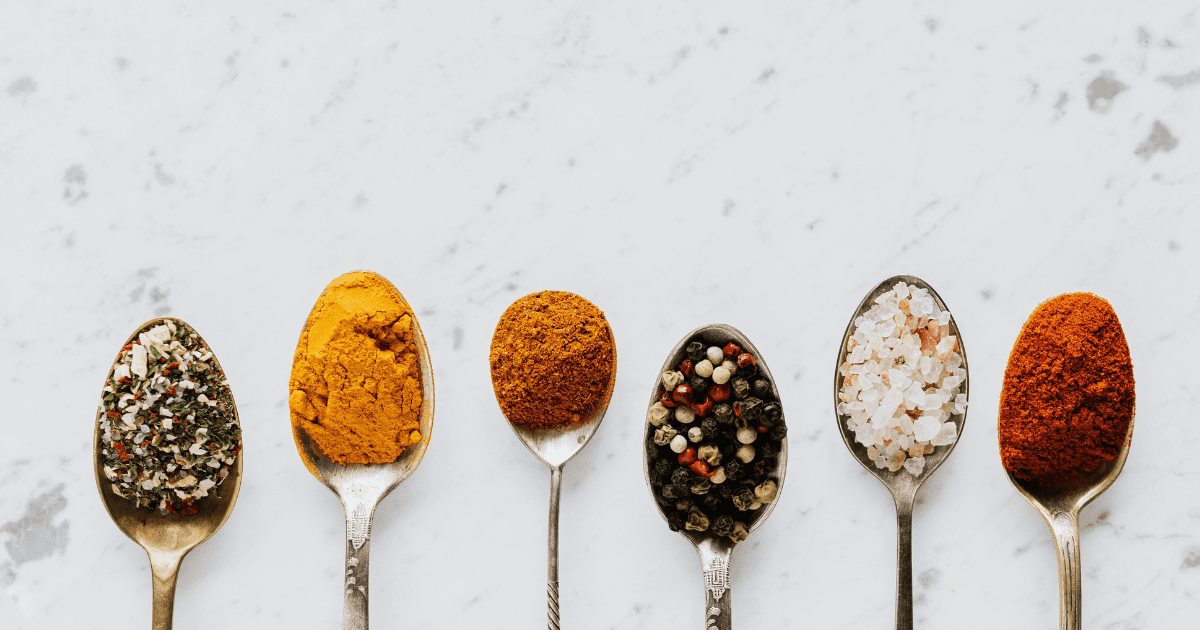
Basic Marinade Formula:
A basic marinade consists of fat and acid as the base, with seasonings for flavor. Once you become familiar with the basics of marinades, you can start experimenting with different flavors.
The fat component coats the meat to preserve moisture and keep the meat tender and juicy. The fat also carries fat-soluble flavor compounds from seasonings and other parts of the marinade deeper into the meat. The fat also balances out the flavors of the dish as a grounding or neutral flavor. Fat components can include oils, fatty yogurt, and even coconut milk. Different flavor profiles will be better with a specific fat.
The acid in a marinade helps to tenderize the meat by breaking down surface proteins. This softens the meat and allows it to absorb flavor. Acids in meats can also enhance the flavor profile. Examples of acids include citrus juice, enzymatic fruit juices (like pineapple), vinegar, cooking wine, Worcestershire sauce, and buttermilk.
Finally, enhance the flavor of your dish with various seasonings. You can even add honey or brown sugar to add a hint of sweetness to your dishes. The ratio of a marinade should be three parts fat to one part acid, and season to taste. Be sure to create your marinade and taste it as you season it to ensure the best result.
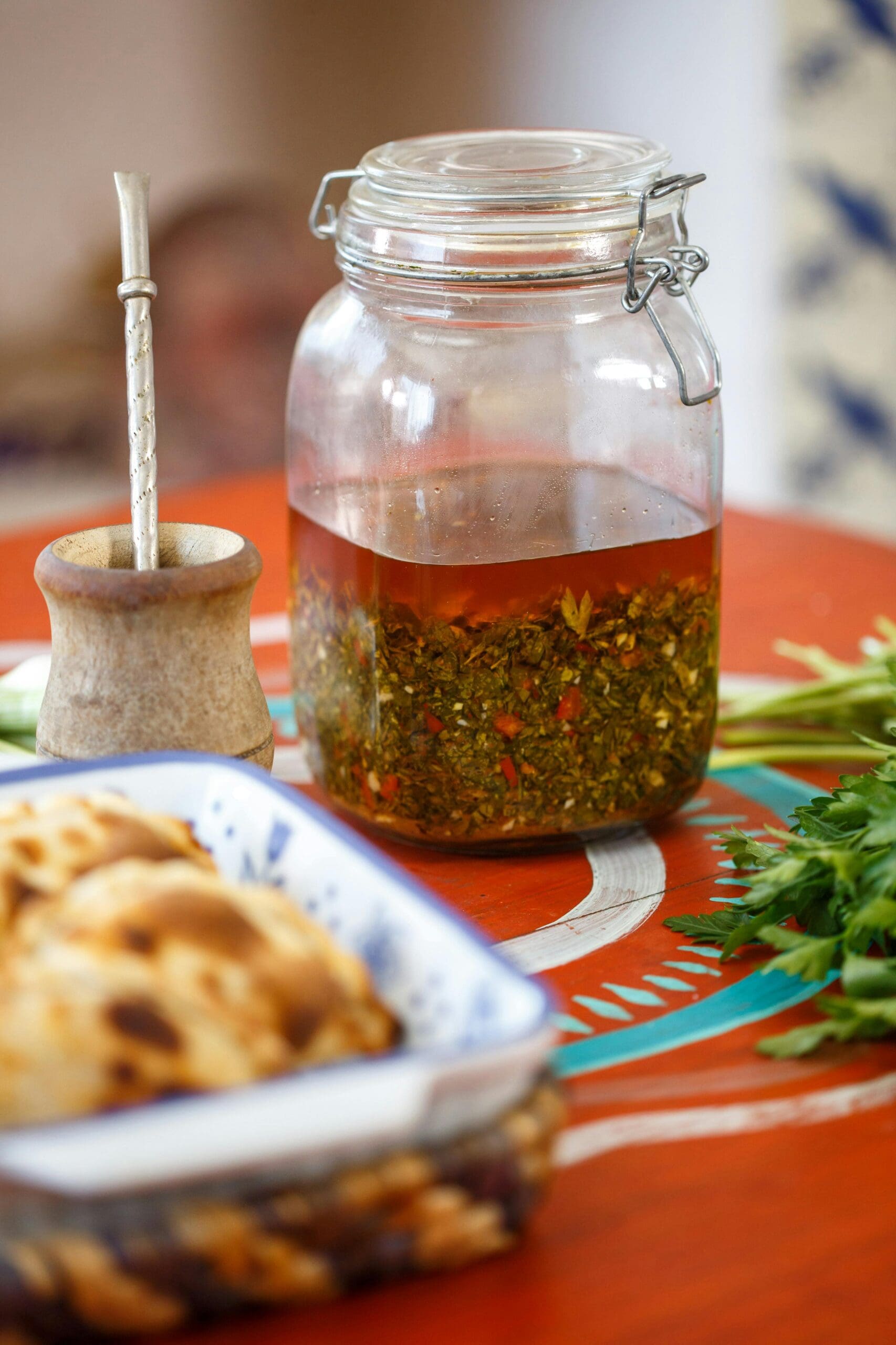 Below are some popular marinades for you to try.
Below are some popular marinades for you to try.
Fajita Marinade: Olive oil, lime juice, garlic, salt/pepper, onion powder,
chili powder, paprika, oregano, cumin (optional)
Greek Marinade: Olive oil, lemon juice, garlic, salt/pepper, oregano,
thyme
Tandoori Marinade: Greek Yogurt, lemon juice, garlic, salt/pepper,
garam masala, paprika, turmeric, cumin, coriander, ginger, cayenne
pepper
Steak Marinade: Olive oil, Worcestershire sauce, garlic, salt/pepper,
thyme
Inexpensive Grilling Ideas
Marinated Chicken Drumsticks
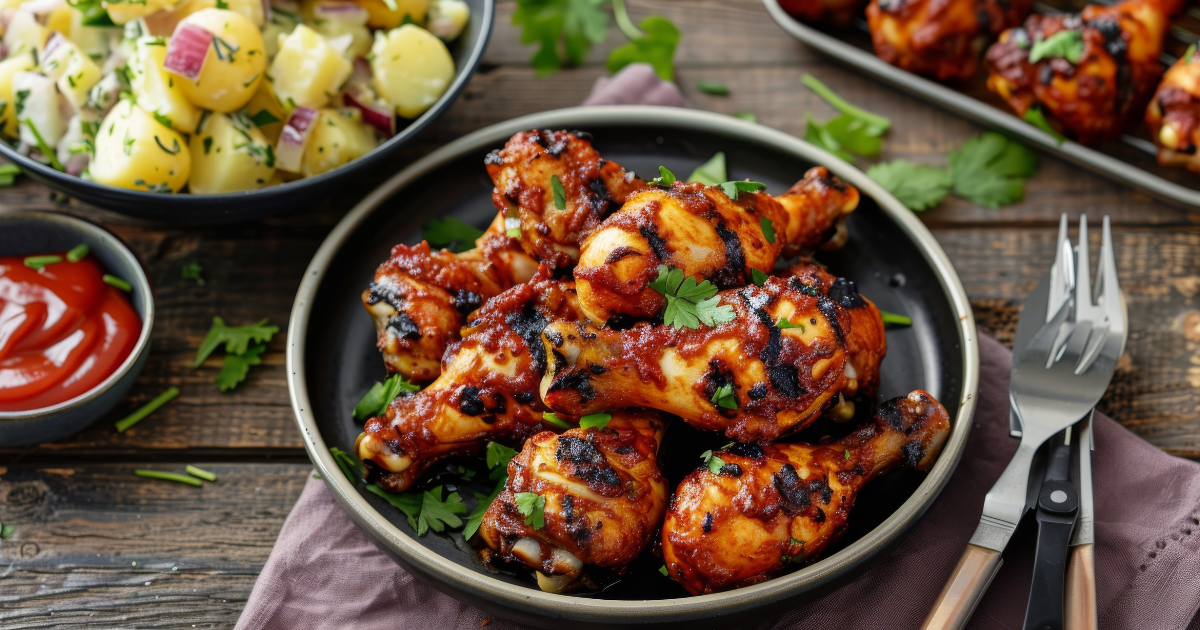
Ingredients:
- Chicken Drumsticks
- Olive oil
- Baking powder (optional- helps for crispy skin)
- Salt/Pepper
- Garlic
- Paprika
- Oregano
- Red chili flakes
- Lemon Pepper
- Kinder’s Habanero Pineapple seasoning
Pat Chicken drumsticks dry. Cut 2-3 slits on either side of the drumstick to allow flavors to penetrate. Mix with seasonings and allow to rest for 5-10 minutes.
Fire up the grill and arrange drumsticks over the grill. Grill for about 25 minutes, flipping frequently. Drumsticks are done when the internal temperature reaches 185°F.
Pairs well with: Grilled potatoes, peppers, and onions with basic seasonings (garlic, salt/pepper, paprika, oregano) and grilled corn on the cob.
Grilled Fish Tacos
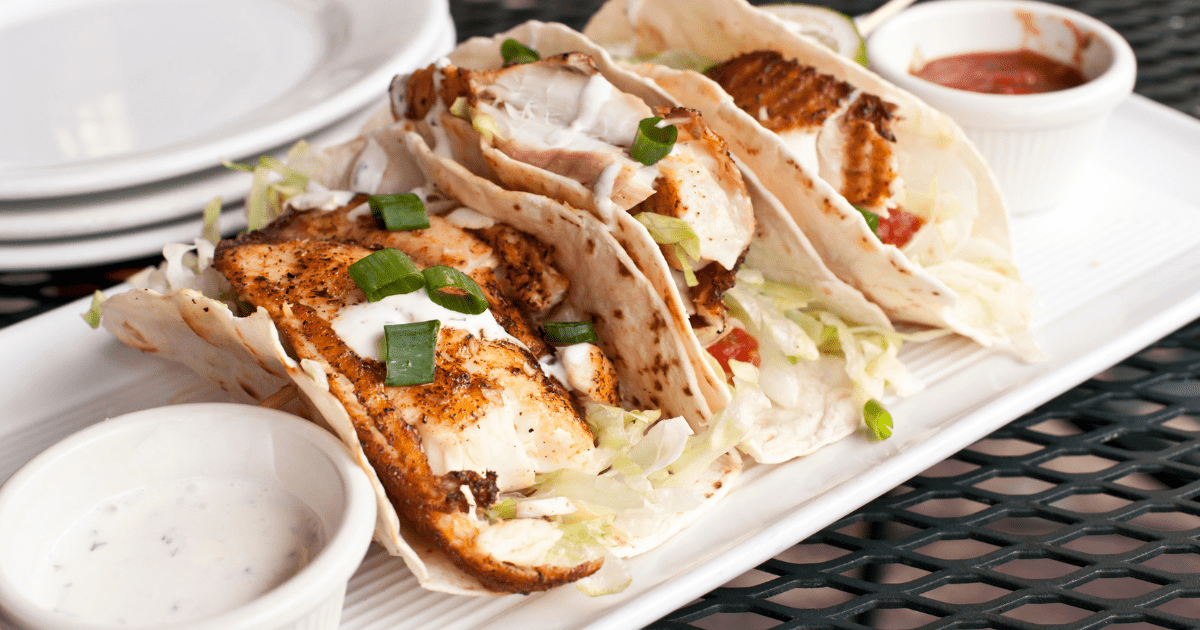
Ingredients:
- Whitefish (Tilapia, cod, halibut, etc)
- Canola Oil
- Lime Juice
- Salt/Pepper
- Garlic
- Chili powder
- Cumin
- Paprika
- Cayenne (optional)
Season the fish with salt and pepper on both sides. Mix the marinade ingredients into a ziplock bag and allow the fish to marinate for 20-30 minutes.
Bring the grill to medium-high heat and grill the fish for about 3-4 minutes on each side. (Cooking times will vary depending on fish thickness.
Tip: Heat corn tortillas on the grill for about 15 seconds per side.
Pairs well with: Mango salsa (diced mangos, chopped red onion, chopped tomatoes, cilantro, minced jalapeno, juiced lime, and salt), grilled pineapple, black beans, and cilantro-lime rice.
Grilled Pork Chops
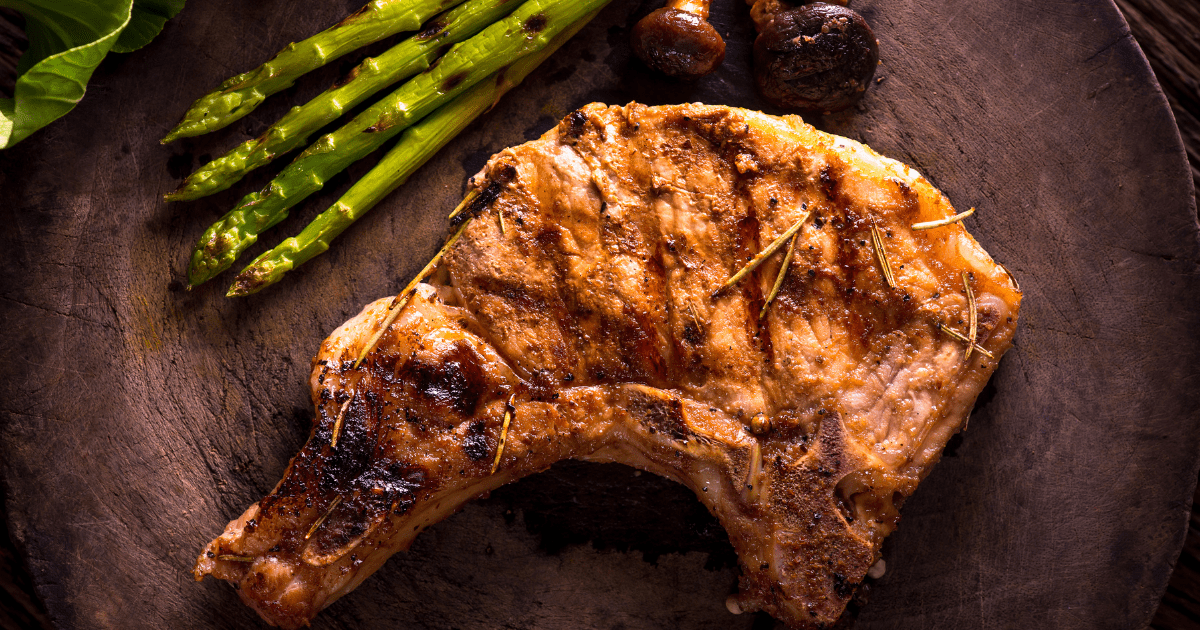
Ingredients:
- Pork Chops
- Olive oil
- Lemon Juice
- Soy sauce
- Salt/Pepper
- Garlic
- Honey
- Splash of Worcestershire sauce
- Parsley
- Dijon Mustard
Combine the marinade ingredients in a large ziploc bag with the pork chops and lightly massage the marinade into the pork chops. Leave in the fridge to marinate for at least 1 hour, but no longer than 24 hours.
Grill pork chops by searing on direct heat for 2-3 minutes on each side and then on indirect heat until they reach an internal temperature of 145°F.
Tip: Use bone-in pork chops for the best flavor and texture.
Pairs well with: Mashed potatoes, baked beans, and roasted broccoli.
Budget-Friendly Grilling tips
Maximize Fuel Efficiency
Regardless of your grill preference—gas, charcoal, or pellet smoker—optimizing your fuel efficiency is an easy way to keep your costs low. For gas grills, reduce preheating time and only preheat for 5-10 minutes. Cooking with the lid down can help maintain consistent heat and use less gas. For charcoal grills, be sure only to use enough charcoal for the type of cooking. For example, fewer coals are needed for low-and-slow grilling. Adjusting air vents will also help regulate heat and slow charcoal burn. High-quality hardwood pellets will burn longer and hotter, allowing for more efficient cooking with pellet smokers.
With any grill type, plan and cook multiple items at once to make the most of your fuel. Regular cleaning will improve heat distribution and enhance fuel efficiency.
Budget Friendly Products
Investing in high-quality accessories will be more cost-efficient overall. The cost of single-use skewers, tongs, and pans can add up, so investing in some reusable accessories will reduce costs. A meat thermometer can prevent food waste by avoiding overcooking.
Grill Smarter, Spend Less
As the cost of living rises, don’t sacrifice flavor and fun. Grilling doesn’t have to max out your budget. By following our budget-friendly grilling tips, being intentional with the types of meat, and creating marinades with staples you already have, you can enjoy a delicious barbecue while spending less.

0 Comments